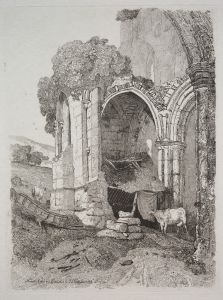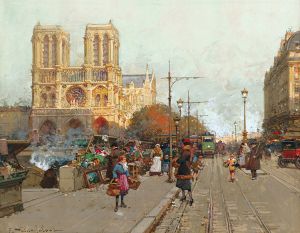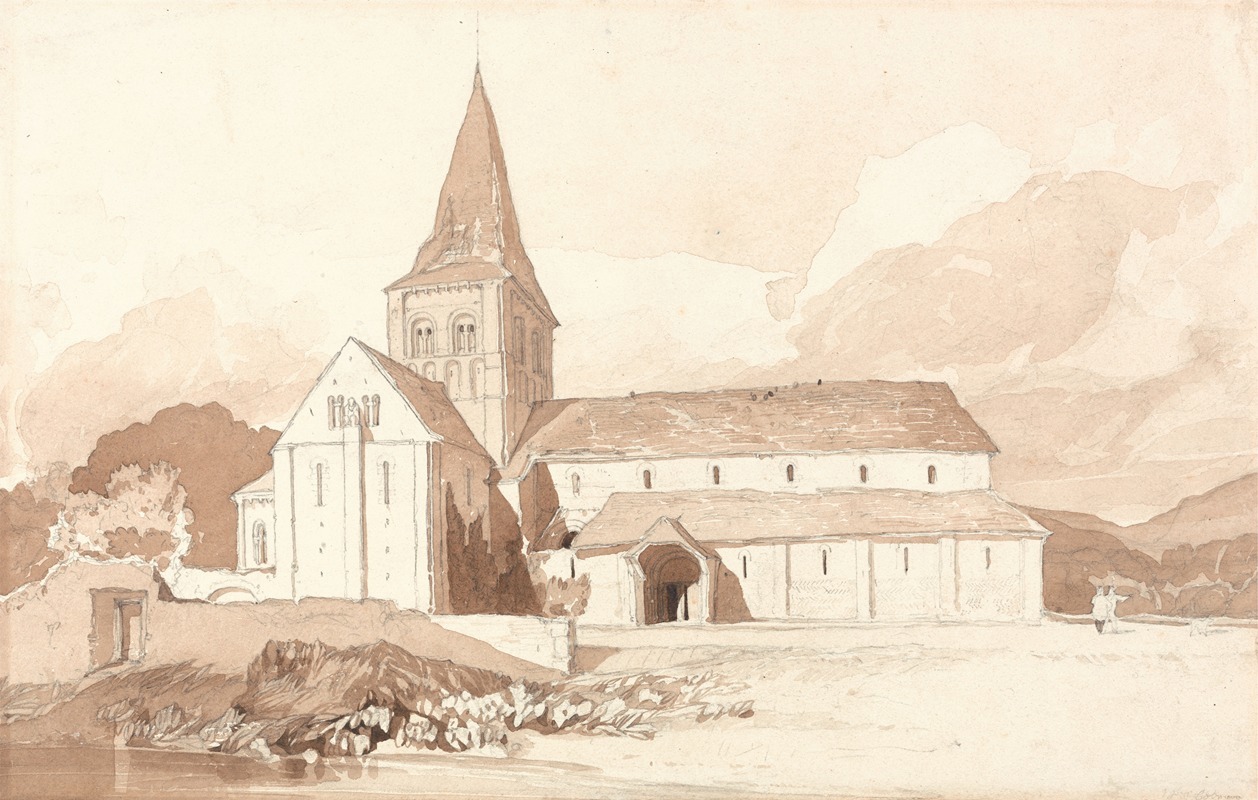
Notre Dame sur l’Eau, Domfront, Normandy
A hand-painted replica of John Sell Cotman’s masterpiece Notre Dame sur l’Eau, Domfront, Normandy, meticulously crafted by professional artists to capture the true essence of the original. Each piece is created with museum-quality canvas and rare mineral pigments, carefully painted by experienced artists with delicate brushstrokes and rich, layered colors to perfectly recreate the texture of the original artwork. Unlike machine-printed reproductions, this hand-painted version brings the painting to life, infused with the artist’s emotions and skill in every stroke. Whether for personal collection or home decoration, it instantly elevates the artistic atmosphere of any space.
John Sell Cotman (1782–1842) was a prominent English painter, illustrator, and leading member of the Norwich School of painters, a movement known for its focus on landscape art. Among his many works, "Notre Dame sur l’Eau, Domfront, Normandy" is a watercolor painting that exemplifies his skill in capturing architectural and natural scenes with precision and sensitivity.
This artwork depicts the church of Notre-Dame-sur-l’Eau, located in Domfront, a historic town in the Normandy region of France. The church, dating back to the 11th and 12th centuries, is a Romanesque structure situated near the Varenne River. Its name, "sur l’Eau," translates to "on the water," reflecting its proximity to the river. The church is notable for its historical and architectural significance, and Cotman’s depiction highlights its serene setting and harmonious relationship with the surrounding landscape.
Cotman visited Normandy multiple times during the 1820s, journeys that were instrumental in shaping his artistic output. These trips were part of a broader trend among British artists of the time, who were drawn to the region’s medieval architecture and picturesque scenery. Cotman’s Normandy works often focused on churches, castles, and other historic structures, rendered with a combination of architectural accuracy and artistic interpretation.
In "Notre Dame sur l’Eau, Domfront, Normandy," Cotman employs his characteristic use of soft, muted tones and careful attention to detail. The painting captures the church’s solid, enduring presence, framed by the natural beauty of its surroundings. The composition reflects Cotman’s interest in the interplay between man-made structures and the natural environment, a recurring theme in his work.
This watercolor is part of a larger body of work that Cotman produced during and after his travels in Normandy. These works were later compiled into a series of etchings titled Architectural Antiquities of Normandy, published in 1822. The series was well-received and contributed to Cotman’s reputation as a skilled draughtsman and interpreter of historical architecture.
"Notre Dame sur l’Eau, Domfront, Normandy" is representative of Cotman’s mature style, characterized by its clarity, restraint, and subtle emotional resonance. Today, Cotman’s Normandy paintings are celebrated for their artistic and historical value, offering a glimpse into the architectural heritage of the region as well as the aesthetic sensibilities of the early 19th century.





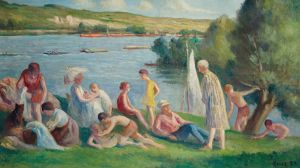
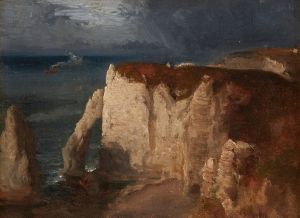

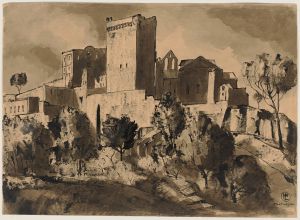
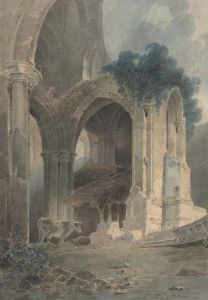
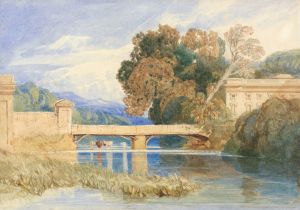
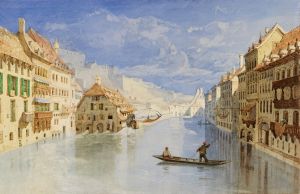
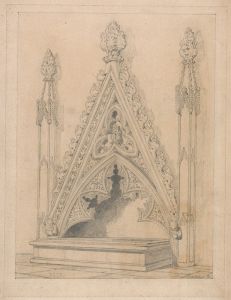
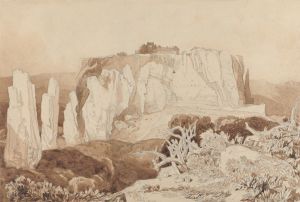
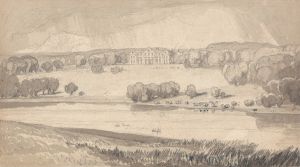

![West Front of the Church of Oyestraham [Ouistreham], near Caen, Normandy](/imgs/249142/s/john-sell-cotman-west-front-of-the-church-of-oyestraham-ouistreham-near-caen-normandy-817bec48.jpg)
